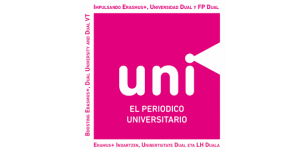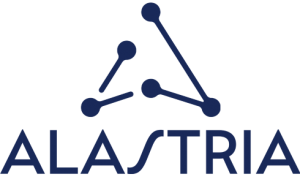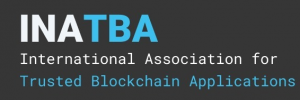The resume is the way to present yourself to a company and will be the first impression that recruiters will have about the candidates.
Therefore, a well-designed and focused CV can make a big difference in your job search. The CV is a reflection of our experience, skills and achievements.
In today’s competitive world of work, finding a job is often a daunting challenge for many. Hundreds of resumes reach the hands of recruiters for each job vacancy and standing out from the rest of the applicants becomes a complicated task, especially in high-demand jobs where hundreds of applications accumulate. Therefore, passing the first filter in a selection process has become a key objective for employees.
In this context, the resume is the main tool that makes the difference between being considered for a first interview or being forgotten. In a way, it is the candidate’s cover letter and what the company will rely on for that first filter between selected and rejected.
The CV is a reflection of our experience, skills and achievements. Or at least it should be. The problem is that, in practice, not all candidates are able to compile all the professional information about themselves in an attractive way.
One of the secrets to standing out in the selection process is to personalize your resume for each job you apply for. Recruiters look for candidates who specifically fit the needs of their company, so it is essential to analyze the job offer in detail. The first question we must ask ourselves is what skills and knowledge they require. Then we will worry about how to reflect it on our CV. Try adding the keywords that appear in the offer and eliminate the irrelevant ones in each case.
An effective CV should be more than just a list of previous positions and roles. Avoid making huge lists of the responsibilities you acquired in each position. Instead, try to highlight your most important achievements and the key skills that make you stand out as a candidate. “I managed to increase the company’s sales by 10%” or “I led a project of four employees” are some examples of notable achievements.
A professional profile is a brief summary of your career, and is included at the top of the resume, reflecting the experience, training and skills that you most want to highlight. You must adapt this profile to each job offer, highlighting what you think may attract the attention of the company to which you are applying. An effective strategy is usually to grab the attention of the recruiter and have them read your CV carefully.
Maintaining a clear structure is essential when creating a CV. In this case, it is recommended to use a reverse chronology, so that professional experience appears from the most recent professions to the oldest. When designing, it is advisable to use one of the many tools available on the Internet that facilitate this task. This can be useful, especially for people who don’t have much design knowledge.
The curriculum vitae is a basic tool, but it is not the only one that passes the first filter of a selection process. Nowadays, depending on the sector, companies are interested in other aspects, for example the Linkedin profile. This is one of the most used tools for job searching, but also for hiring employees. In more artistic and digital profiles, recruiters also usually pay attention to the content that candidates publish on social networks.













